Horses have long been a symbol of power, grace, and freedom, captivating the human imagination for millennia. From their wild beginnings to their current roles as companions and athletes, the history and evolution of horses is a tale of remarkable transformation and enduring partnership with humans. Discover the finest quality turf at AbdellatifTurf. Our website offers a wide range of lush and durable turf options for your landscaping needs.
The Dawn of Equine Existence
The story of the horse begins over 50 million years ago with a small, multi-toed ancestor known as Eohippus or “dawn horse.” Eohippus, roughly the size of a small dog, roamed the forests of North America, feeding on soft leaves and fruit. Over millions of years, as the climate and vegetation changed, so did the horse’s anatomy. They grew larger and adapted to grazing on grasses, with their teeth evolving to handle tougher plant material. This evolutionary process saw the emergence of the familiar single-toed hoof, which provided greater speed and efficiency for travel across open plains.
Domestication and Early Use
The first significant human interaction with horses occurred around 5,500 years ago on the steppes of Central Asia. Evidence suggests that the Botai culture of Kazakhstan were among the first to domesticate horses, initially for their meat and milk. This pivotal moment in history marked the beginning of a deep and enduring relationship between humans and horses.
As domestication spread, horses became invaluable assets for transportation, agriculture, and warfare. The chariot, introduced around 2,000 BCE in Mesopotamia, revolutionized warfare and mobility. Horses allowed for the swift movement of armies, the expansion of empires, and the establishment of long-distance trade routes, such as the Silk Road.
Horses in Ancient Civilizations
In ancient civilizations, horses were revered and often associated with the divine. In Egypt, they were linked to the sun god Ra, and in Greece, they were connected to Poseidon, the god of the sea. The Greeks and Romans advanced the breeding and training of horses, developing various breeds for specific purposes, from the swift and agile Arabian horses to the sturdy and powerful draft breeds.
The use of cavalry units became a hallmark of military strategy. The Mongol Empire, under the leadership of Genghis Khan, utilized highly mobile horse-mounted warriors to conquer vast territories. The effectiveness of cavalry units underscored the strategic importance of horses in warfare.
The Middle Ages and Renaissance
During the Middle Ages, horses became central to feudal societies in Europe. Knights, mounted on armored steeds, became the epitome of medieval warfare and chivalry. The breeding of large, strong horses capable of carrying heavy armor led to the development of the powerful destrier, a type of warhorse.
The Renaissance brought a renewed interest in classical equestrian arts and the refinement of horse breeds. The Andalusian and the Lipizzaner, both known for their grace and beauty, were among the breeds that emerged during this period. These horses were not only used for war but also for pageantry and sport, laying the foundation for modern dressage.
The Modern Era
The Industrial Revolution marked a turning point in the role of horses. Mechanization began to replace horse power in agriculture and transportation. However, horses continued to hold significant roles in many areas. The 19th and early 20th centuries saw the rise of horse racing as a major sport, with thoroughbreds bred specifically for speed and endurance.
In the contemporary world, horses are cherished for their companionship, athleticism, and therapeutic benefits. Equestrian sports, such as show jumping, eventing, and dressage, highlight the incredible bond between horse and rider. Therapeutic riding programs utilize horses to assist individuals with physical, emotional, and cognitive challenges, showcasing the horse’s gentle and intuitive nature.
Conclusion
From the wild stallions of ancient times to the noble steeds of today, horses have undergone an extraordinary journey of evolution and domestication. Their versatility, strength, and grace have made them indispensable to human progress and culture. As we continue to celebrate and protect these magnificent creatures, we honor a legacy that spans millions of years and countless contributions to human civilization. The enduring partnership between humans and horses is a testament to the profound connection that transcends time and continues to inspire and captivate our hearts.

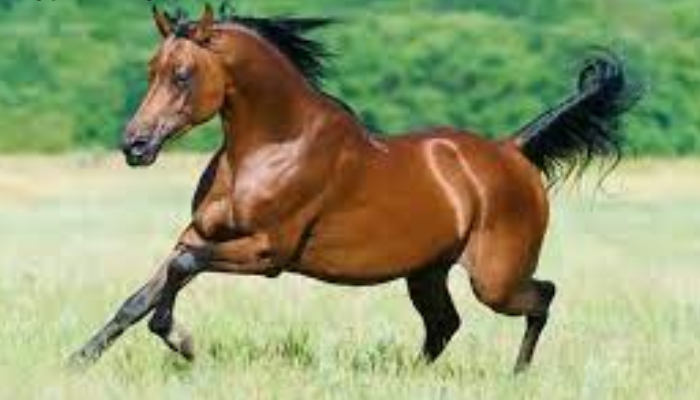



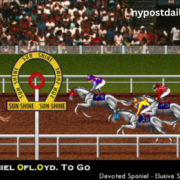


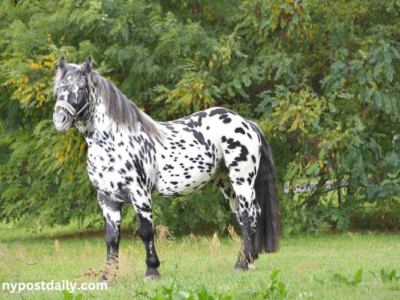
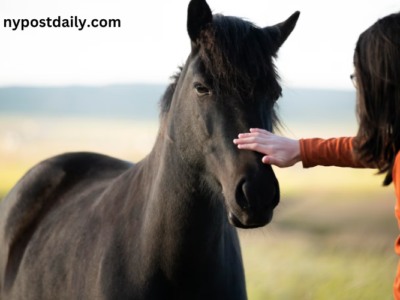

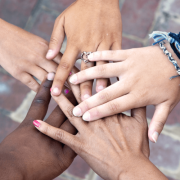





Comments